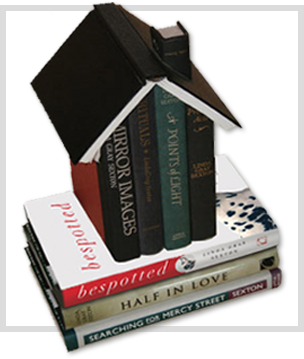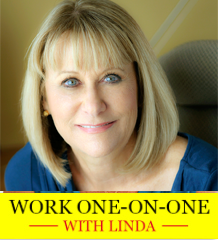I am often asked what the book on which I am currently working is about. I usually simply say that it is a novel this time–instead of a memoir–but people are persistent. They are determined to know what the book is about.
Is it a mystery, a thriller, a romance? I am sure it isn’t any of those genres, but I can’t figure out how to describe it, in a sentence or two–and I don’t want to give away the characters, the plot, or the details either. I’m not sure even I really know what it’s about. Maybe I’ll find out as I am writing, at some yet undefined place along the way. At least, this is how I reassure myself. I take comfort in believing that, eventually, understanding it all will surface.
Why is this so pesky question so difficult anyway? Well, J. K. Rowling has a superlative answer. “Discussing an idea out loud is often the way to kill it stone dead.” The author of the best-selling Harry Potter novels, she certainly knows what she is talking about. And so, not wanting to ruin the progress I’m making, I shut up about it to everyone–including my husband, my sister and my agent–until I work it entirely past the stage of inspiration.
People also want to know why I have turned from memoir to fiction, though some are confused about what the word fiction means. “Is fiction is a novel?” they ask curiously. I explain that a non-fiction memoir is the first person version of your own personal truths, told through the lens of your life, while a novel is a work of the imagination that also represents your own personal truths, told through the lens of someone else’s life. Each is hard to write in its own way.
Neil Gaiman, an award-winning British author, recently said in The Guardian: “Truth is not in what happens, but what it tells us about who we are. Fiction is the lie that tells us the truth.” I am finding this to be so. Having written four novels before I became a memoirist, I discovered that I was telling “the truth” through the stories of other people, a truth that I hoped readers would empathize and identify with, and in this way learn about themselves.
I began writing novels when I graduated from college and didn’t stop until–twenty-four years later–I wanted to do something very different. I became obsessed with memoir: from talking about forgiving the shortcomings of our parents (Searching For Mercy Street); to my own inherited tendency to suicide and mental illness (Half In Love); to dogs and the therapeutic roles they play in our lives (Bespotted). But I feel I have nothing left to tell readers about my life in such a direct fashion, at least for now, and so I’ve returned to fiction–where I can make up anything I want.

Happily, all of my fiction and non-fiction is still available through Amazon, in paperback, hardback and e-book. It’s not hard for me to tell you what those books are “about” because now I know that I’m not going to kill inspiration “stone dead” by voicing the details.
Rituals is about a young woman’s alcoholism and her mother’s sudden and suspicious death, written at a time when I was struggling with my own drinking and my mother’s suicide. Mirror Images is about a thirteen year old girl trying to come to terms with her controlling mother’s emotional and physical abuse, written at a time when I was coming to terms with my own history with just that. Points of Light is about a mother who loses her toddler in a tragic accident, written at a time when I continually catastrophized and feared the death of my own son and how I would ever recover from such an event. Private Acts is about a woman living in a wealthy suburb outside Manhattan, who is coming to terms with her need for intimacy, written at a time when I lived in just that location and was examining my own needs–both the emotional and the physical–and it’s got a lot of graphic sex.
All these novels represented my own preoccupations, issues, fears and joys, cast into the lives of my characters. When I was forty-five, I began what would be the first of my trilogy of memoirs, which again represented me, but this time I put all my shortcomings out there for the world to see–me in my own skin, digging for truths that would once again move readers to empathize and identify and thus look hard at their own lives. The self-examination memoir demands can be painful, exposing you to intense public scrutiny. Fiction poses its own problems, relying on the writer’s imagination to create a real and believable world for her characters, and a plot-line that sucks her reader in, right from page one.
I can tell you the working title of my novel–Day Dreams in the Dark–but it might change at any moment. (It’s already been through three versions.) That’s really all I am willing to say about the book right now, when I am working away at a frenetic pace and have arrived at the 175 page mark in a second, somewhat polished, draft. I don’t want to kill it stone dead.
I am hoping everyone will want to read the novel once I reveal, in detail, its characters and plot-line and themes. You can be sure I will publish a newsletter about the specifics to entice you–and my publisher will perhaps do the same with publicity that reaches beyond the loyal audience here. But that will only happen when I am absolutely certain that my novel’s lies are telling the truth.
Yours,
Linda
Have a comment or feedback? Talk to Linda!

